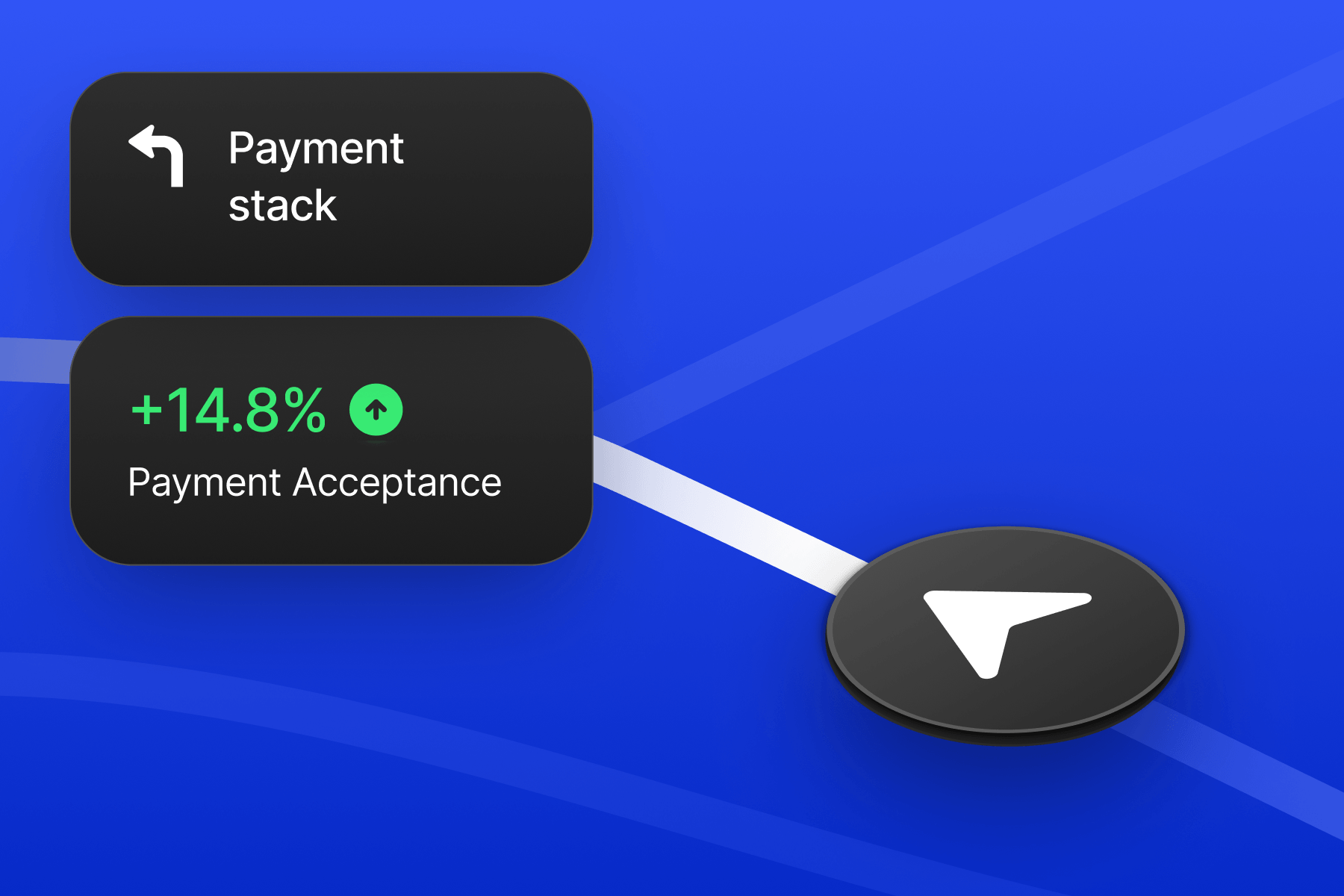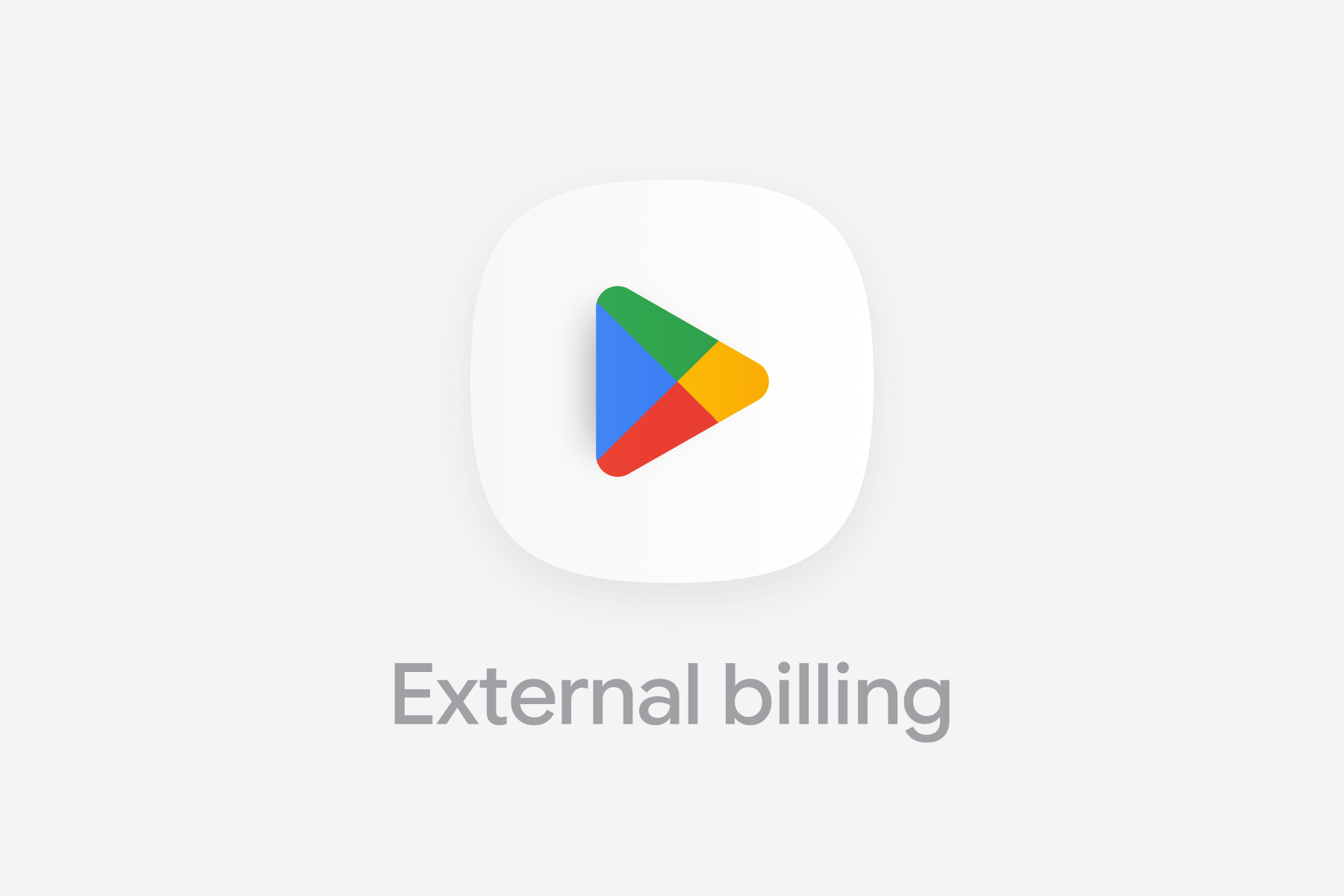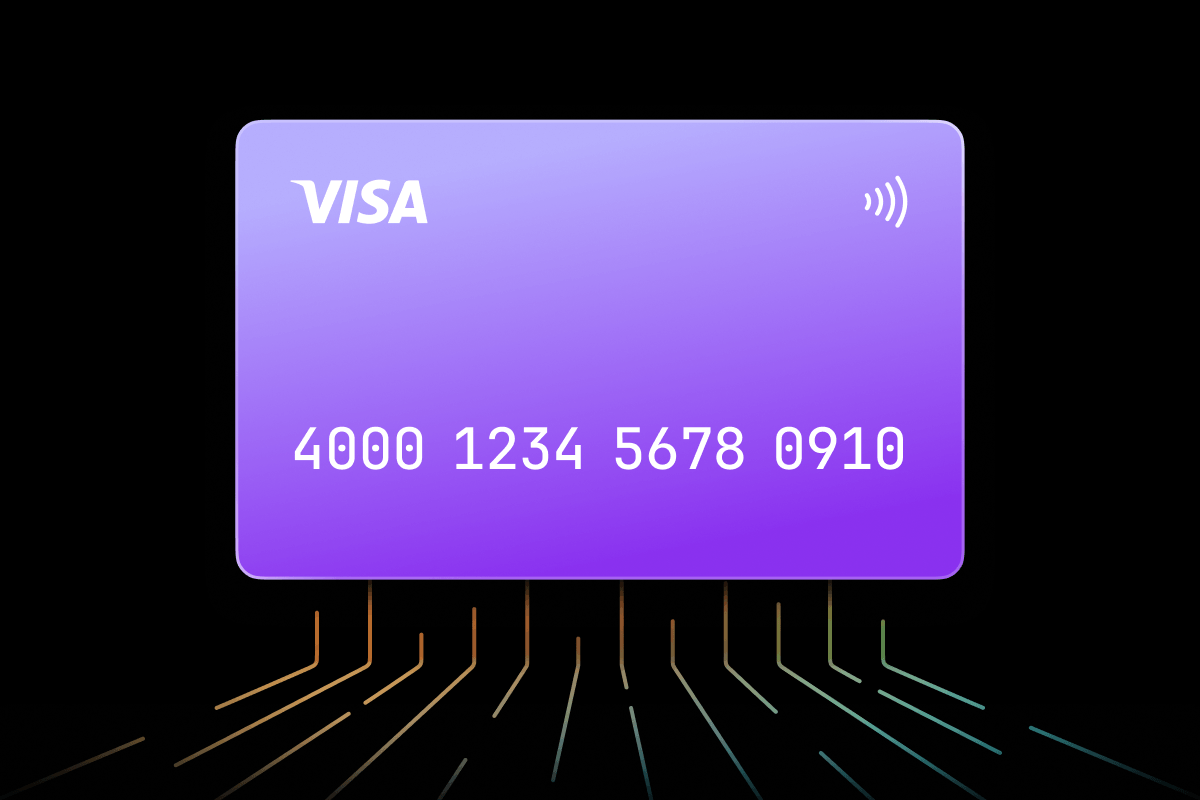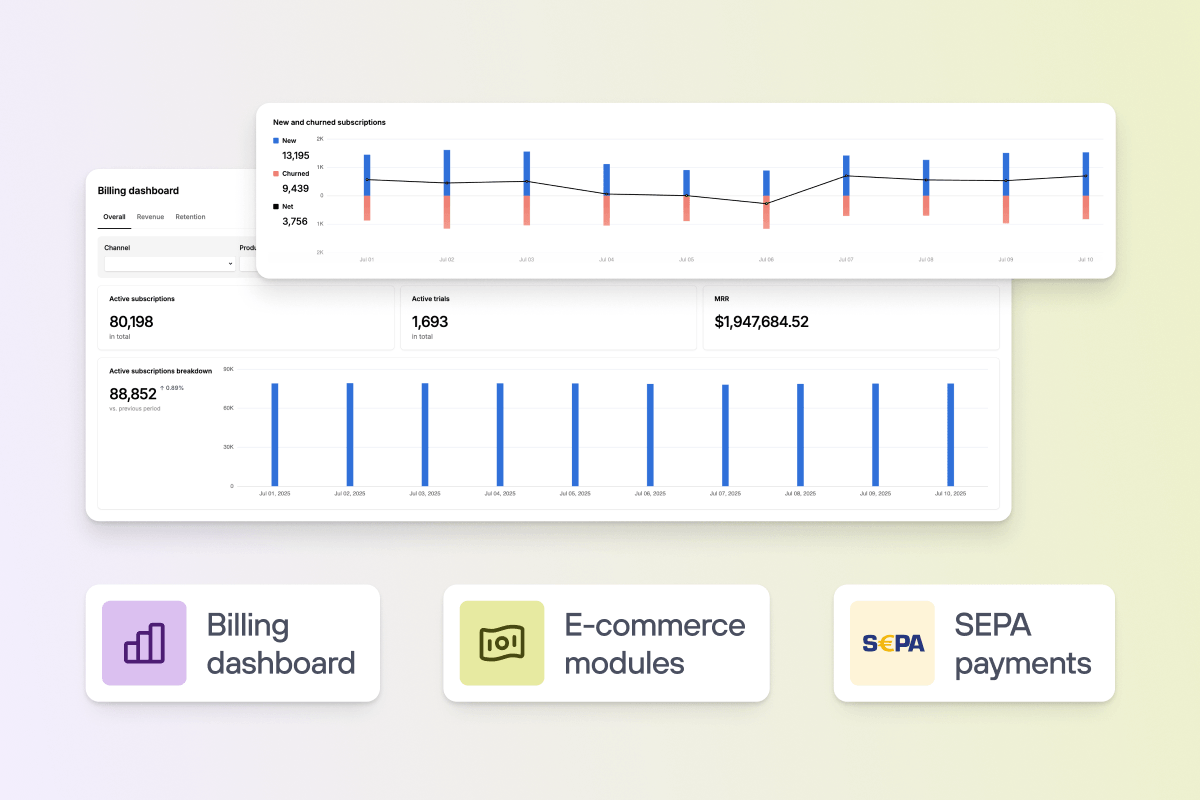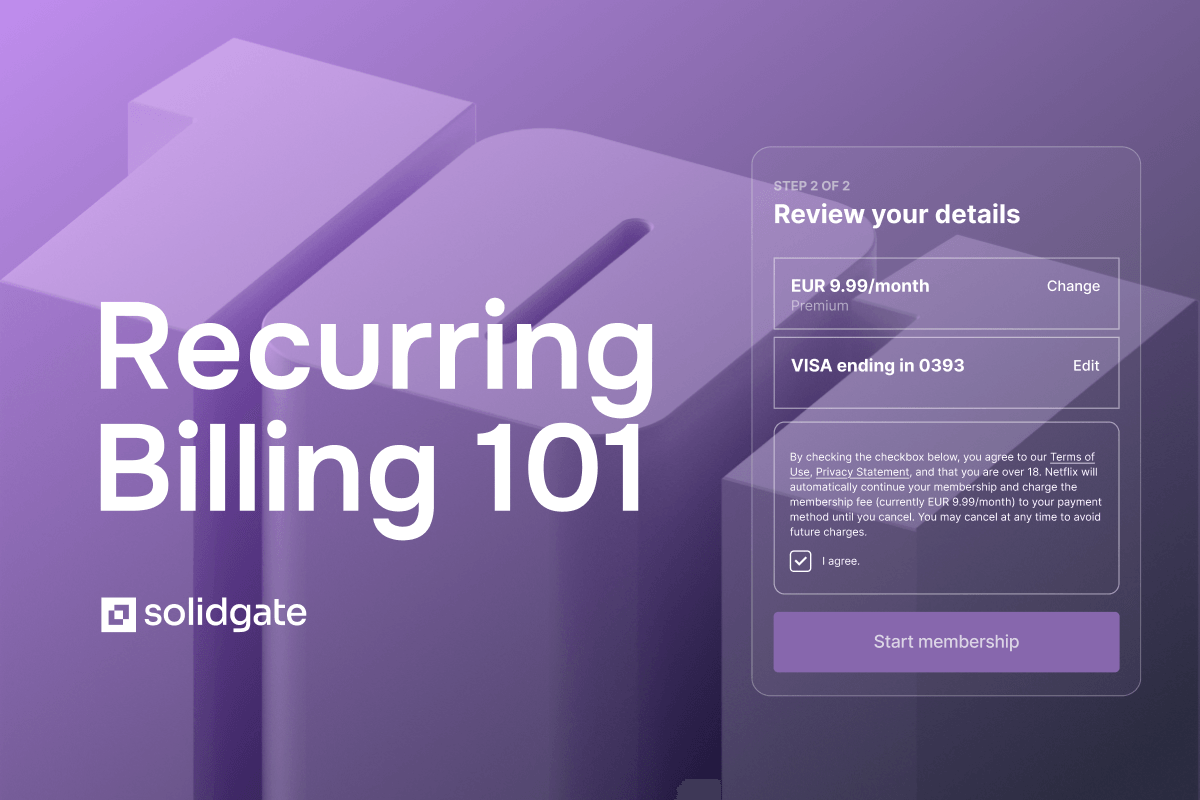How to manage card declines and recover lost revenue
Payments 101
5 Apr 2025
7 min

Smarter retries, better routing, and stronger billing—that’s the focus of our decline recovery guide. Learn how to reduce churn, boost revenue, and grow retention.
Every card decline represents lost revenue. In subscription businesses, a high credit card decline rate can quietly chip away at growth and customer retention. More and more online businesses are waking up to a simple fact: each declined payment is a missed sale – and in the case of subscriptions, possibly a churned customer. You simply can’t focus solely on customer acquisition while ignoring card decline recovery and payment acceptance.
Recovering just a fraction of declined payments can drive millions in additional revenue annually. Imagine an EdTech subscription business with 100,000 monthly subscription renewal attempts, each priced at $30. With an average payment decline rate of 6%, they would encounter approximately 6,000 soft declines monthly, $180,000 in potential lost monthly revenue.
With the right recovery strategies in place, this EdTech company could win back $90,000 in lost revenue at a 50% recovery rate – money that would have otherwise slipped through the cracks. Pushing that rate to 70% means $126,000 back in their pocket every month.
That’s a major revenue boost, all without acquiring a single new customer. However, many merchants take the wrong approach to dealing with declines: over-aggressive retries, poor routing, and missing authentication steps don't help the cause, or worse – trigger scheme fines.
At Solidgate, our job is to help online merchants push their acceptance rates beyond 90%. We know that fixing failed payments is one of the highest ROI levers you can pull – most businesses just don’t know where to start. That’s why we’re breaking it down: why declines happen, how to work with soft and hard declines, and how to build a strategy that turns lost payments into revenue.
Scattered decline codes: Why is card declining so hard to track across PSPs?
Before you can fix declines, you need to understand them. But here’s the challenge: decline codes aren’t standardized. While major payment schemes like or generally use the same numbering and format for the , many differ. For example:
- Visa’s N7 (Invalid CVV) might appear as 63 on Mastercard or "Security Code Invalid" on Amex.
- A transaction declined due to an expired card could return as code 6 on Adyen or expired_card on Stripe.
Inevitably, when working with payment schemes and payment service providers (PSP), you immediately run into a problem. Receiving different codes for the same issue is confusing and forces merchants to analyze each provider’s codes individually. With a high transactional volume, this becomes an operational nightmare, where tracking patterns and devising effective solutions to each scenario are nearly impossible.
Major payment service providers try to solve this problem by mapping each decline code from schemes to a standardized set of internal codes within their ecosystems. This simplifies matters if you use only one PSP, such as Stripe or Adyen, as you’ll receive a consistent decline format across all transactions.
But once you start using more than one processor, the problem returns. This forces merchants to spend hours interpreting these codes and consolidating this data for analysis and reporting, which, besides being a massive resource drain, is also prone to human error.
Furthermore, without a standardized approach, you will likely display vague error messages like Payment failed, leaving customers confused and unsure of what to do.
As a payment orchestrator, Solidgate consolidates all the decline codes from payment schemes and major PSPs into one unified format. For simplicity, we’ll use our further. But first, let’s understand the types of card declines and their strategies.
Soft declined versus hard declined credit card in sales & strategies for each type
Every card decline falls into one of two categories:
1. Soft declines (temporary and recoverable)
Soft declined credit card transactions happen when the payment method is valid, but temporary issues like insufficient funds, authentication failures, or network errors prevent authorization. These declines can often be resolved with minimal customer involvement.
Depending on your industry, soft declines can account for 80-90% of all declines. In the subscription e-commerce sector, four of the top five decline reasons are soft declines, such as “Insufficient Funds” and “Temporary Hold.” Soft declines are easier to resolve since you have more control over them; they also have a higher recovery ceiling, reaching ≈40-70%, depending on your strategies.
Key solutions for soft declines:
- Smart retries: Timing is everything. Scheduling retries at optimal times—such as after payday or during hours with lower fraud risk—can significantly improve approval rates. However, be strategic: Mastercard limits retries to 10 attempts within 24 hours, while Visa allows up to 15 retries within 30 days. Exceeding these limits could result in fees of $0.50 per additional retry, so prioritizing high-recovery potential transactions is crucial.
- : Routing payments through the best-performing acquirer for the target region can boost approval rates by 5-10%. This method helps mitigate declines caused by bank-specific policies, fraud rules, or technical issues with certain acquirers.
- Authentication optimization: Streamlining 3D Secure (3DS) flows and using 3RI (merchant-initiated) authentication ensures that transactions requiring extra verification go through smoothly. Implementing alternative verification methods can also help minimize authentication failures.
- Card detail validation: Optimizing your checkout to detect and prompt users for typos or missing data before submission.
- VTS/MDES Tokenization: Using to prevent unnecessary failures due to expired or reissued cards, to keep transactions seamless without customers having to update their payment information.
- Pre-billing notifications: If you run a subscription-based business, notifying customers 3-7 days before renewal is one of the most effective ways to prevent declines due to insufficient funds or outdated payment details.
2. Hard declines (permanent)
Credit card hard decline transactions happen when the payment method is invalid or merchant setup errors exist. With hard declines, your strategy is never to retry the transaction, as it can lead to scheme fines and damage your MID (Merchant Identification Number) relationships with issuing banks, ultimately hurting your authorization rates.
Hard declines make up 10-20% of all failed transactions, and their recovery ceiling is typically lower as well (20-30%).
Key solutions for hard declines:
- Card update prompts: When transactions fail due to expired or blocked cards, set up automatic prompts for customers to update their payment details. This can be done via email, in-app notifications, or SMS reminders to minimize drop-offs.
- Alternative payment methods: like PayPal, Apple Pay, Google Pay, or BNPL as fallback options to increase conversion.
- Localized acquiring: Some declines happen due to regional restrictions or issuer-specific rules. If you see a pattern of location-based declines, check with your Payment Service Provider (PSP) to route transactions through a local acquirer that has a higher acceptance rate in the region.
- Clear decline messaging: Confusing error messages can cause customers to abandon the transaction entirely. Instead, provide clear, actionable reasons for the decline and next steps (e.g., “Your card has expired. Please update your payment details.”).
- Merchant setup checks: Ensure that your MID settings, routing configurations, and compliance requirements are correctly set up to avoid unnecessary hard declines. Periodic reviews with your PSP can help prevent avoidable failures.
Let’s look at the specific decline reason scenarios and how to deal with them.
Reasons why a credit card is declined & solutions to them
In both soft and hard declines, customers tried to make a purchase but couldn't, meaning both represent missed revenue opportunities and need addressing. What differs is the reasons and strategies you employ in each case.
As a payment orchestration platform, Solidgate is integrated with different payment processors, so for clarity, I’ll use reason codes from our internal .
Soft declines
Working with these declines should be your main focus.

Hard declines
Hard declines are tougher to recover, but that doesn’t mean you completely should ignore them. Even bringing back 20-50% of failed payments can unlock significant revenue.

Card decline recovery metrics to monitor
To optimize your card decline recovery, regularly track these key performance indicators:
- Recovery rate (%): Percentage of declined transactions successfully recovered
- Retry success rate: Effectiveness of smart retry strategies over time
- Authorization rate per PSP: Performance comparison of different payment processors
- Cost per recovered transaction: Expense involved in recovering each failed payment
- Monitoring these metrics guides strategy adjustments and helps maximize revenue retention.
Decline recovery isn’t just damage control—it’s a growth strategy
Payment decline recovery isn’t about patching holes – it’s about maximizing revenue from the customers you already have.
Here’s where to start:
- Use smart logic to retry soft declines at the right time
- Use network tokenization to prevent unnecessary card declines due to expired or reissued cards
- Ensure smooth 3DS and SCA processes to prevent unnecessary failures
- Give customers fallback choices like APMs
- Use local acquiring or intelligent payment routing to find the best route for a transaction
- Leverage account updaters and proactive prompts for expired or blocked cards
- Proactively and clearly communicate with customers about issues on their end
- If you have numerous PSPs, leverage a payment orchestrator that unifies the decline codes into a cohesive system
At , we make decline recovery and global payment processing effortless. To find out more about how we can help your business, with one of our experts.
Recent articles

